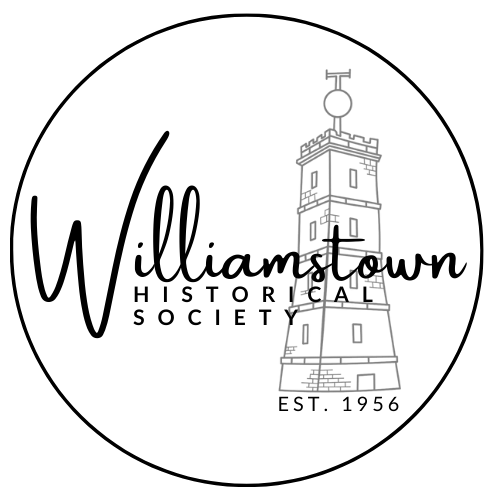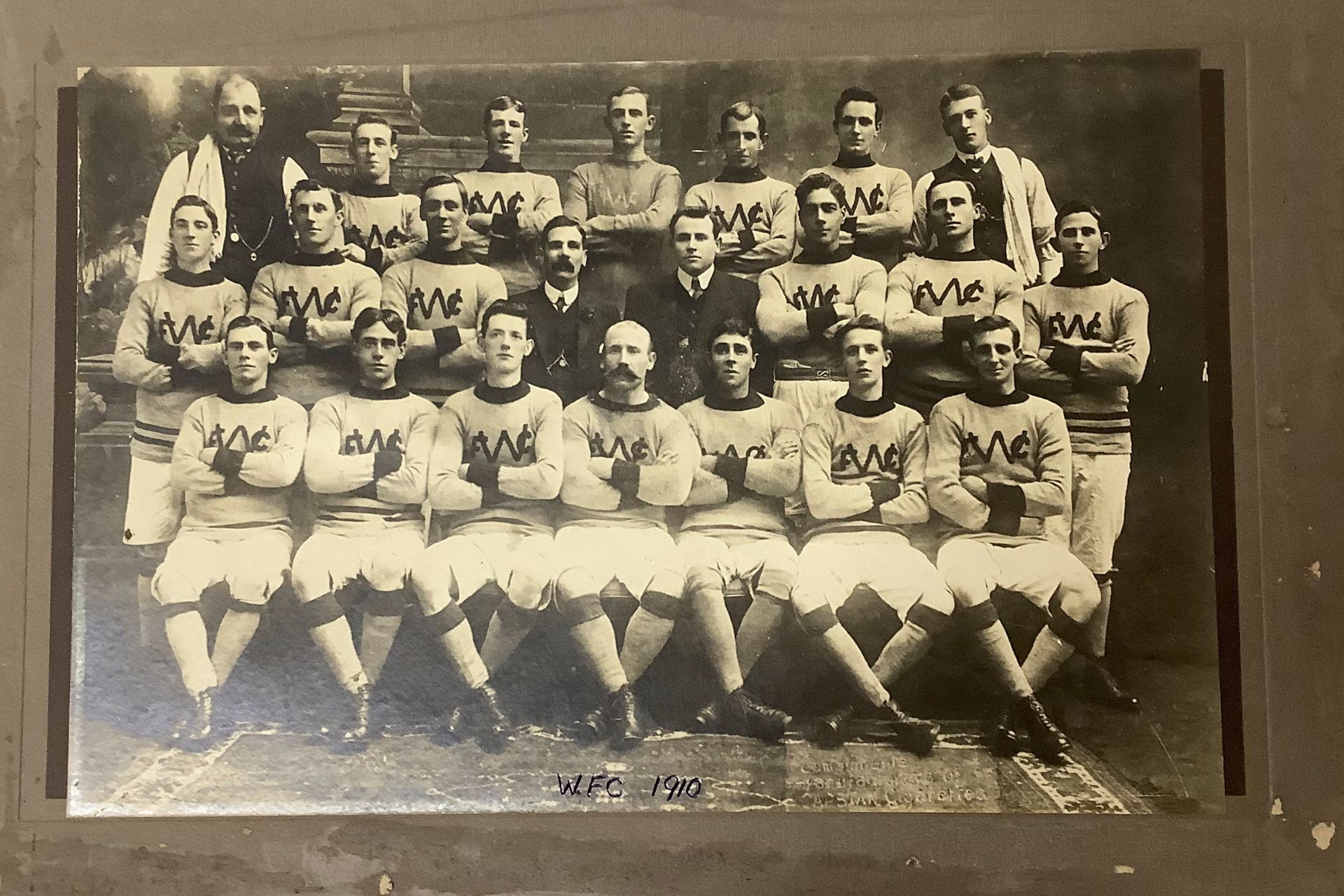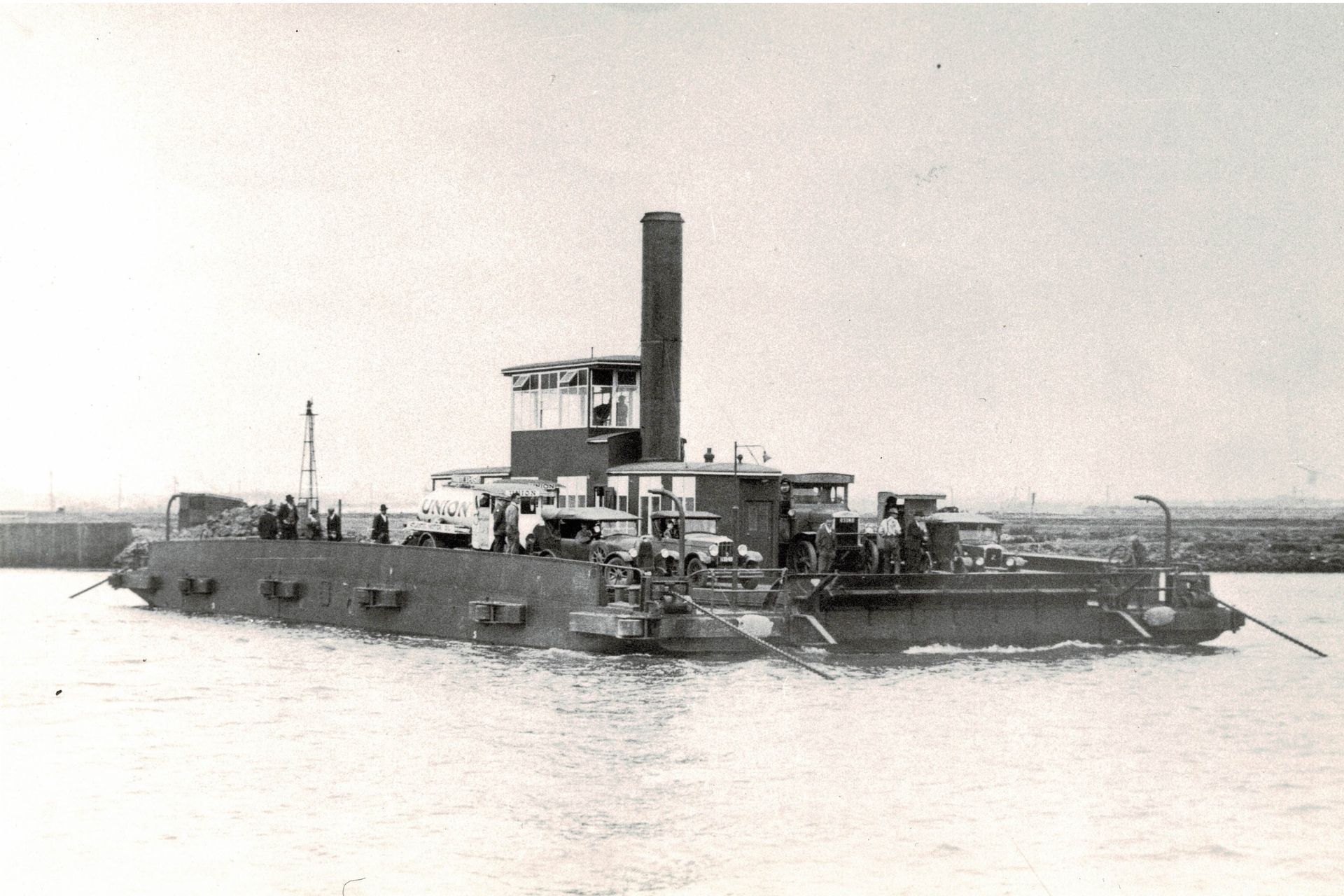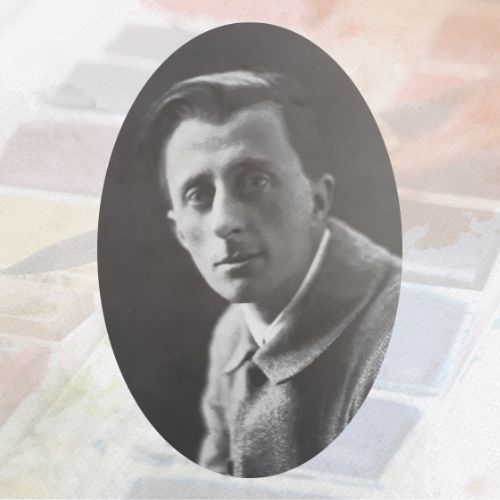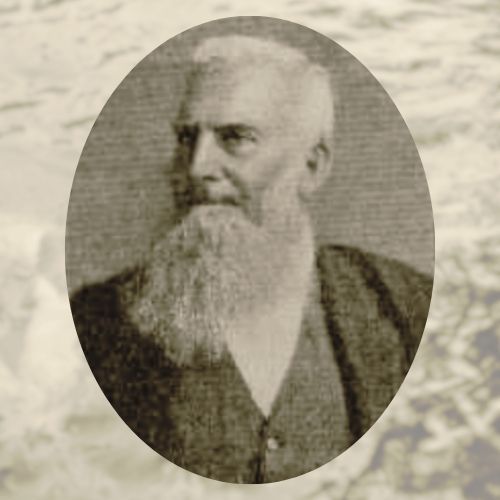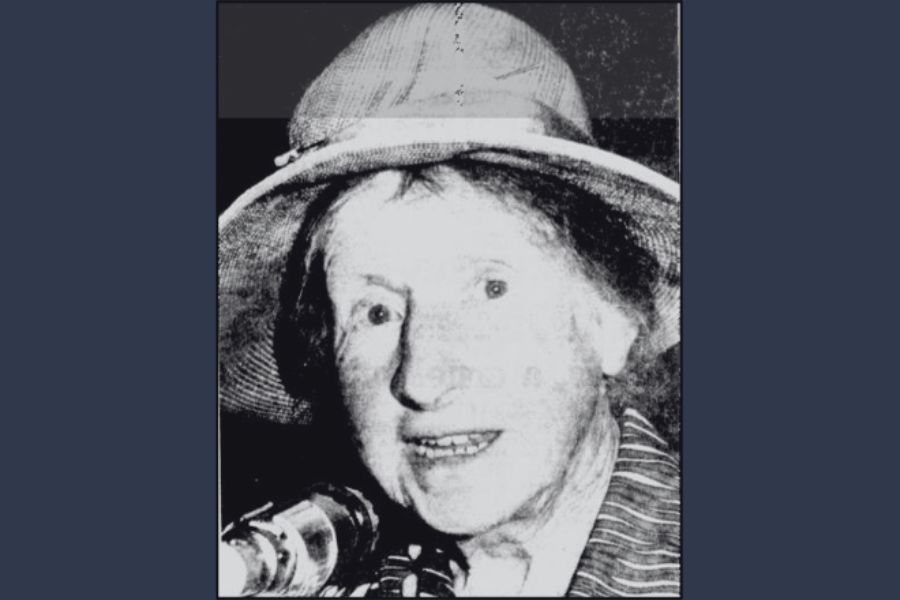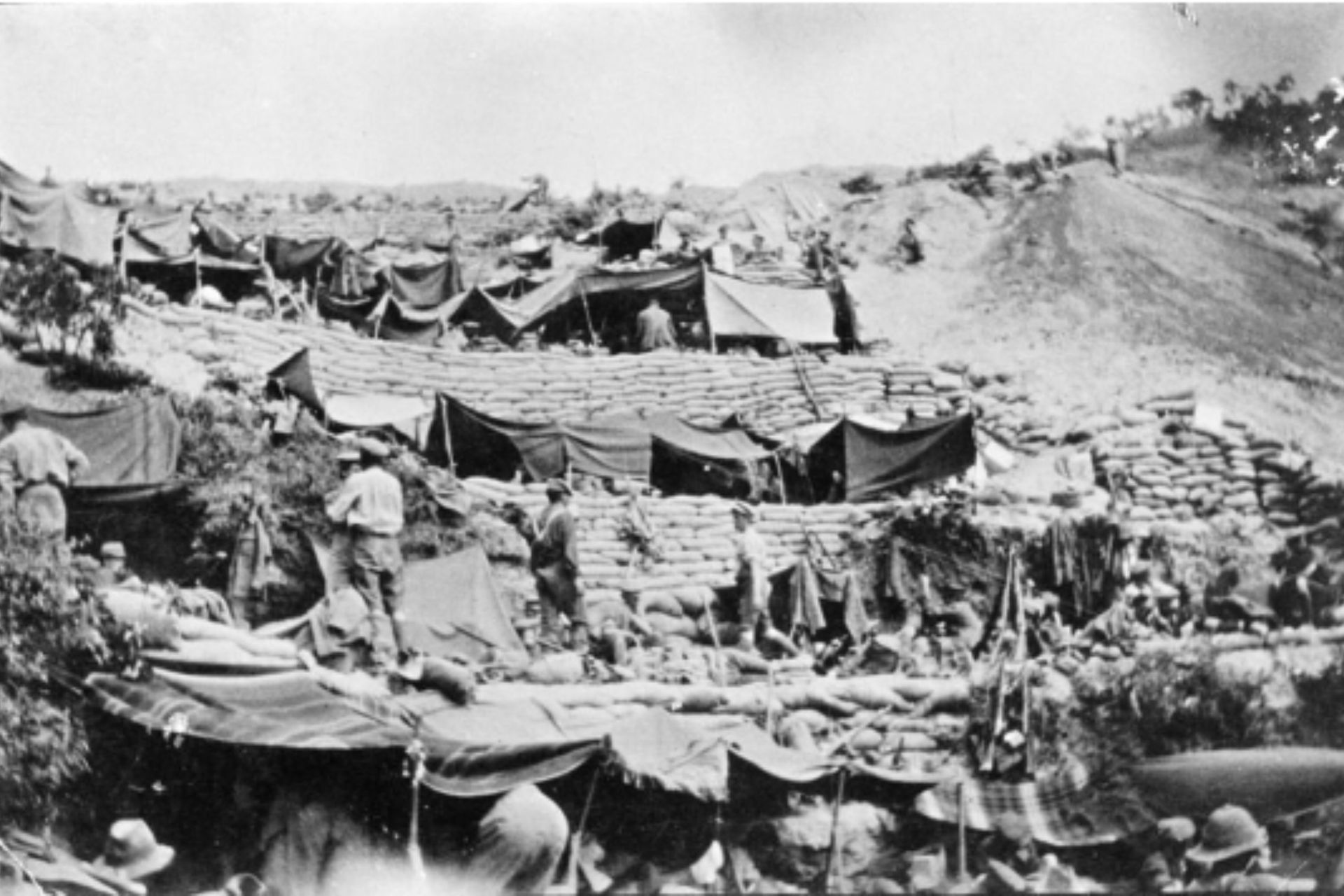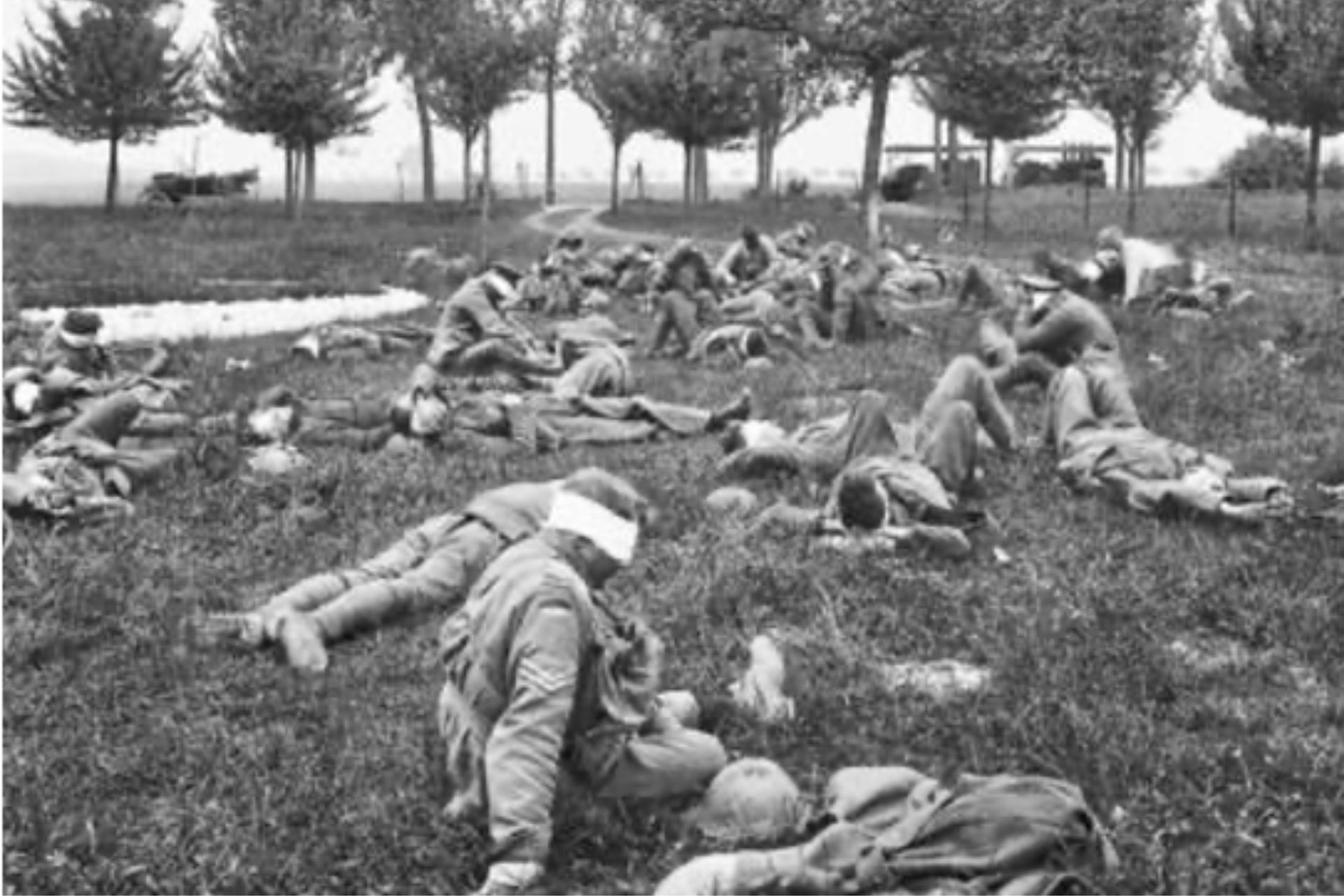Albert Jacka - WWI Signature Quilt
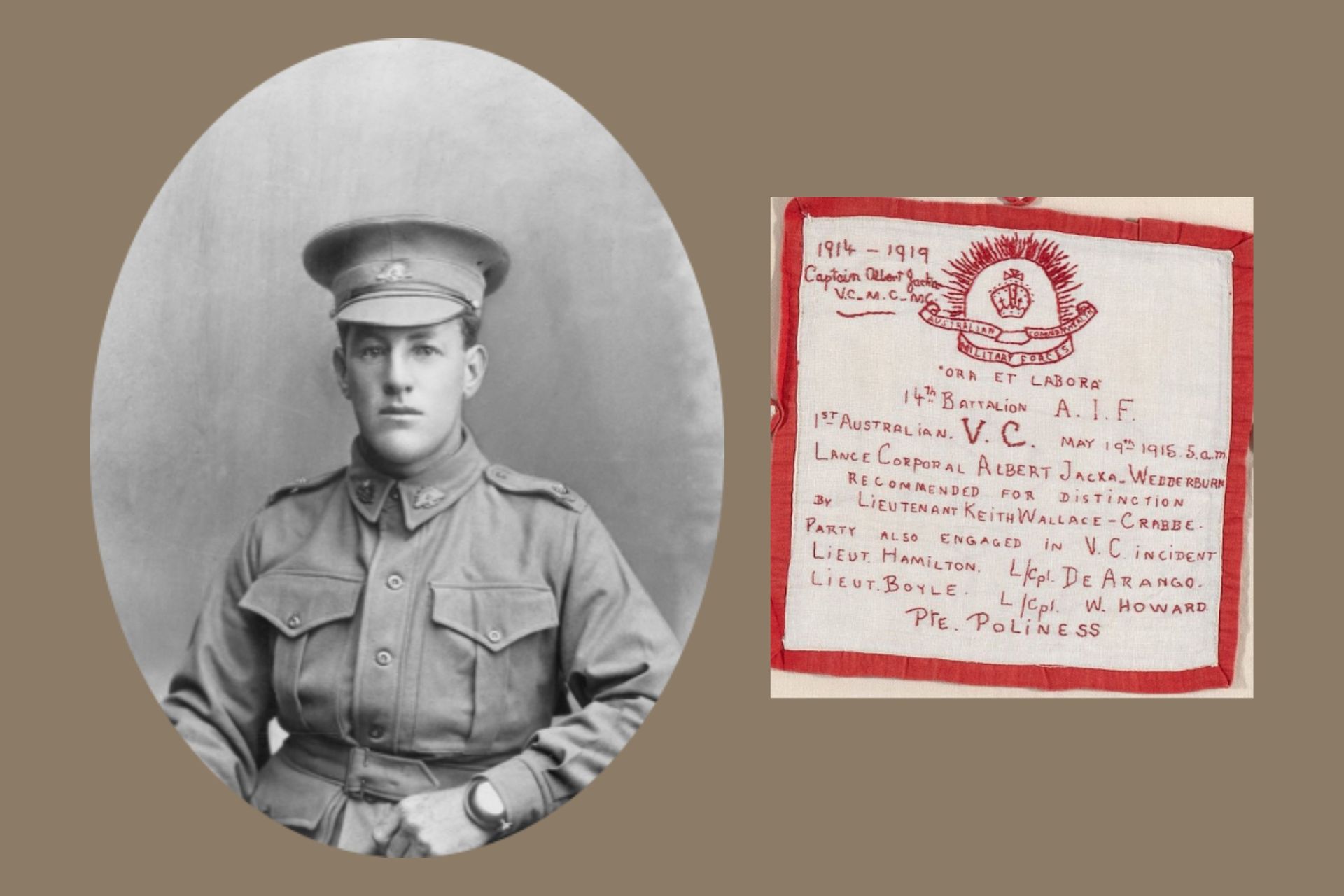
Albert Jacka
Albert Jacka was born on a dairy farm near Winchelsea, Victoria, on 10 January 1893, the fourth of seven children to Nathaniel Jacka and his English-born wife Elizabeth (née Kettle).
Before enlisting, Albert was working for the Victoria State Forests Department at Heathcote.
Albert Jacka enlisted in the Australian Imperial Force on 18 September 1914, with the rank of Private. He was assigned to the 14th Battalion, 4th Brigade, 1st Division and finished his training at Broadmeadows Camp.
Jacka and his battalion arrived at Alexandria, Egypt on 31 January, 1915 and spent the next few months training before landing at Anzac Cove on the 26 April, 1915.

On 19 May 1915, the Turks launched an assault against the Anzac Line, capturing a section of the trench at Courtney's Post, one end of which was guarded by Jacka. For several minutes he fired warning shots into the trench wall until reinforcements arrived, after which he attempted to enter the trench with three others, all but Jacka were either wounded or pinned. It was then decided that while a feint attack was made from the same end, Jacka would attack from the rear. The party then proceeded to engage the Turks with rifle fire, throwing in two bombs as Jacka skirted around to attack from the flank. Jacka shot five Turkish soldiers and bayoneted two others, forcing the remainder to flee the trench, he then held the trench alone for the remainder of the night. Jacka's platoon commander, Lieutenant Keith Wallace-Crabbe, informed him the following morning that he would be recommended for his bravery and he was duly awarded the Victoria Cross, the first Australian to receive the award during WW1.
Following his VC action, Jacka instantly became a national hero. He received the £500 and gold watch that the prominent Melbourne business and sporting identity, John Wren, had promised to the first Australian of the war to receive the VC.
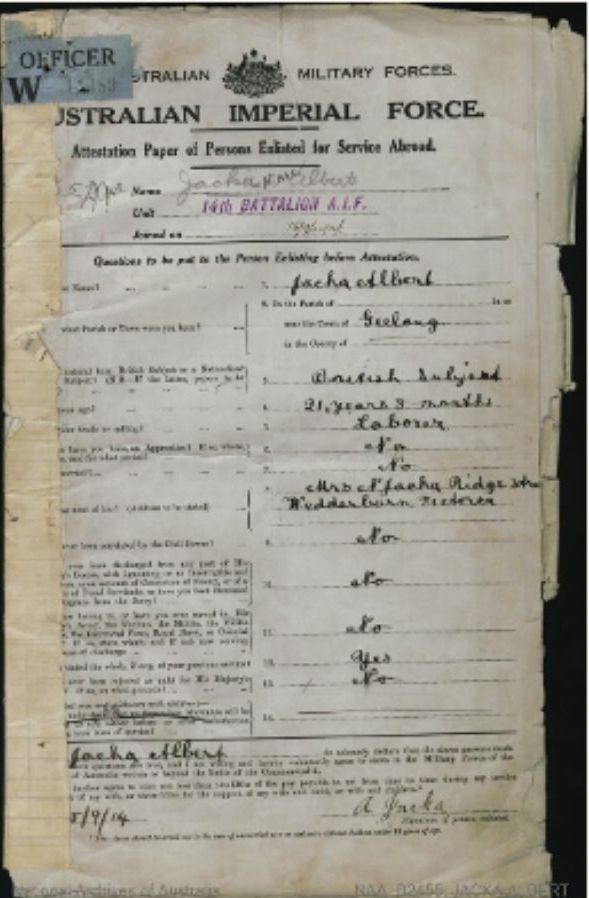
His image was used on recruiting posters and magazine covers, and he received rapid promotions; first to Corporal on 28 August, 1915, to Sergeant two weeks later on 12 September, 1915 and then to Company Sergeant Major on 14 November, 1915.
After the ANZAC troops had evacuated from Gallipoli, they made their way to Egypt where Jacka passed through officer training school with high marks, and on 29 April, 1916 he was commissioned as a Second Lieutenant.
In June, 1916 he was sent to the Western Front in France. Following the heavy casualties on the Somme, the 14th Battalion was transferred to the Pozières sector of the Somme offensive.

On the morning of 7 August 1916, after a night of heavy shelling, the Germans began to overrun a portion of the line which included Jacka's dug-out. Jacka had just completed a reconnaissance, and had gone to his dug-out when two Germans appeared at its entrance and rolled a bomb down the doorway, killing two of his men. Emerging from the dug-out, Jacka came upon a large number of Germans rounding up some forty Australians as prisoners. Only seven men from his platoon had recovered from the blast, but rallying these few, he charged at the enemy. Heavy hand-to-hand fighting ensued as the Australian prisoners turned on their captors. Every member of the platoon was wounded, including Jacka who was wounded seven times, including an injury from a bullet that passed through his body under his right shoulder, and two head wounds. Fifty Germans were captured and the line was retaken and Jacka was personally credited with killing between twelve and twenty Germans during this engagement. He was awarded the Military Cross for his actions at Pozières, although he was originally recommended for the Distinguished Service Order.
After the incident Jacka was evacuated to England where he was promoted to Lieutenant on 18 August 1916, and like Stewart Murray Hansen, was falsely reported dead. He attended an investiture ceremony at Windsor Castle on 29 September; 1916 receiving his Victoria Cross from King George V, before rejoining his unit in November, 1916. Promoted to Captain on 15 March, 1917, he was appointed the 14th Battalion's intelligence officer.
Jacka was given command of D Company, 14th Battalion, and in June, 1917 led his men through the Battle for Messines Ridge. On 8 July, 1917 he was again wounded, this time by a sniper near Ploegsteert Wood, resulting in nearly two months hospitalisation. He again returned to the front, leading the 14th Battalion on 26 September, 1917, in an attack against German pill-boxes during the Battle of Polygon Wood. He was recommended for the Distinguished Service Order a second time for this feat, but again it was not granted. In May 1918, Jacka was finally removed from the conflict when, outside the village of Villers-Bretonneux, he was badly gassed and a missile passed through his trachea. He was sent to Britain for two operations and a long recuperative period.
He returned to Melbourne on 6 September, 1919 to a hero’s welcome and his AIF appointment officially ended on 10 January, 1920.
After the war, Jacka had a job waiting for him with the Forests Department, but together with R. O. Roxburgh and E. J. L. Edmonds, both former members of the 14th Battalion, he established the electrical goods importing and exporting business Roxburgh, Jacka & Co. Pty Ltd. The business was heavily financed by John Wren, but collapsed due to the Great Depression in 1931.
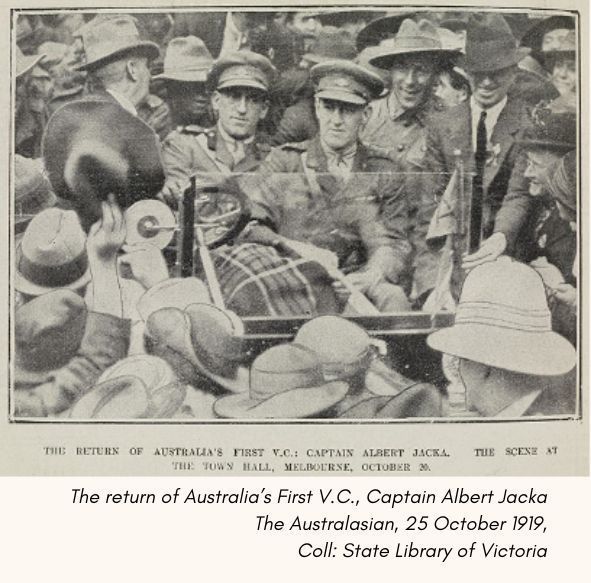
On 17 January 1921, at St Mary's Catholic Church, St Kilda, Jacka married Frances Veronica Carey, a typist from his office. The pair settled in St. Kilda, and later adopted a daughter, Betty. In September, 1929, he was elected to the Council of the City of St Kilda, becoming mayor the following year. Much of his civic work was characterised by his strong interest in assisting the unemployed, defending evictees and proposing public works for the 'sussos', 'sustenance workers', employed on public works by the Government as a relief measure.
On 14 December, 1931, Jacka collapsed after a council meeting and was admitted to Caulfield Military Hospital.
On 17 January ,1932, one week after his 39th birthday, he died from chronic nephritis, a condition that leads to kidney failure.
He was buried at St Kilda Cemetery, with eight other Victoria Cross recipients acting as pallbearers and an estimated 6,000 witnesses to the burial as his body passed en route to the cemetery.
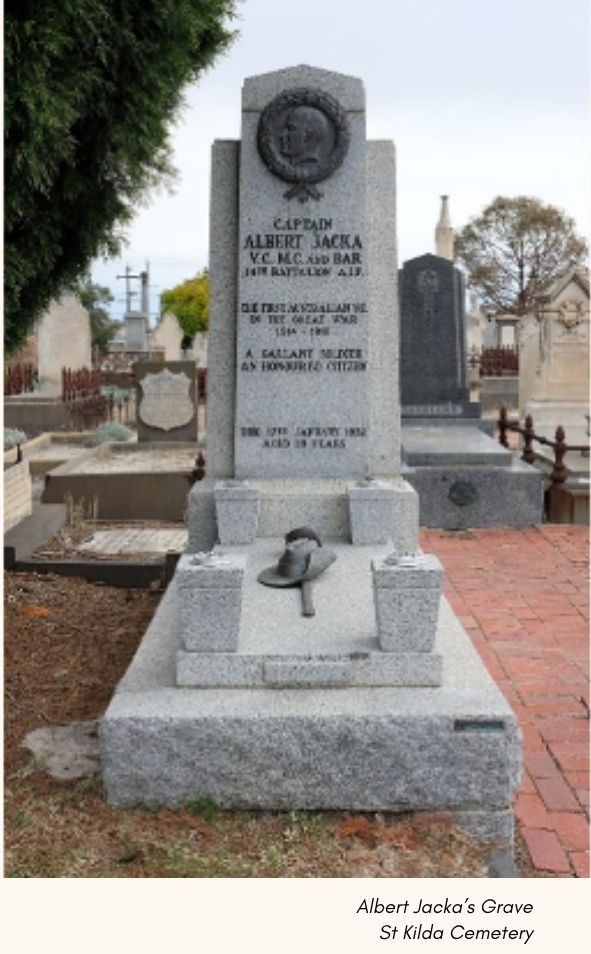
Albert Jacka's signature is on the quilt twice.
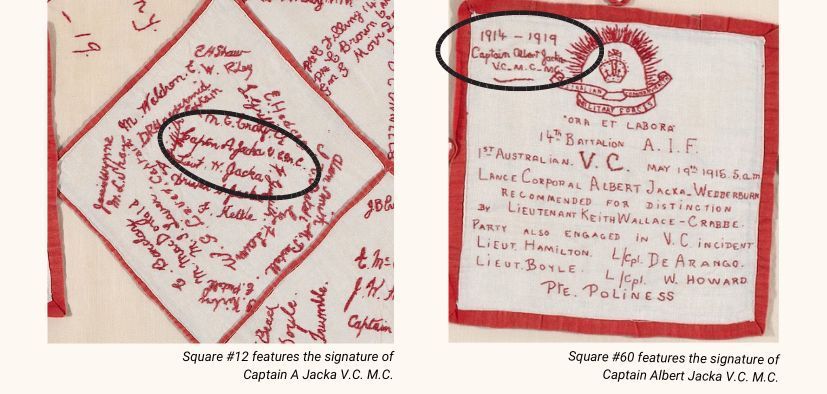
https://www.awm.gov.au/collection/P11033363
https://en.wikipedia.org/wiki/Albert_Jacka
https://www.heraldsun.com.au/news/opinion/in-black-and-white/how-act-of-gallantry-cemented-albert-jackas-reputation-as-war-hero/news-story/05e7607c4fc2cc317be0dfaebba5850b - Herald Sun article February 17, 2023
https://vwma.org.au/explore/people/213146
National Archives of Australia – Defence and War Service Records
Ancestry.com
